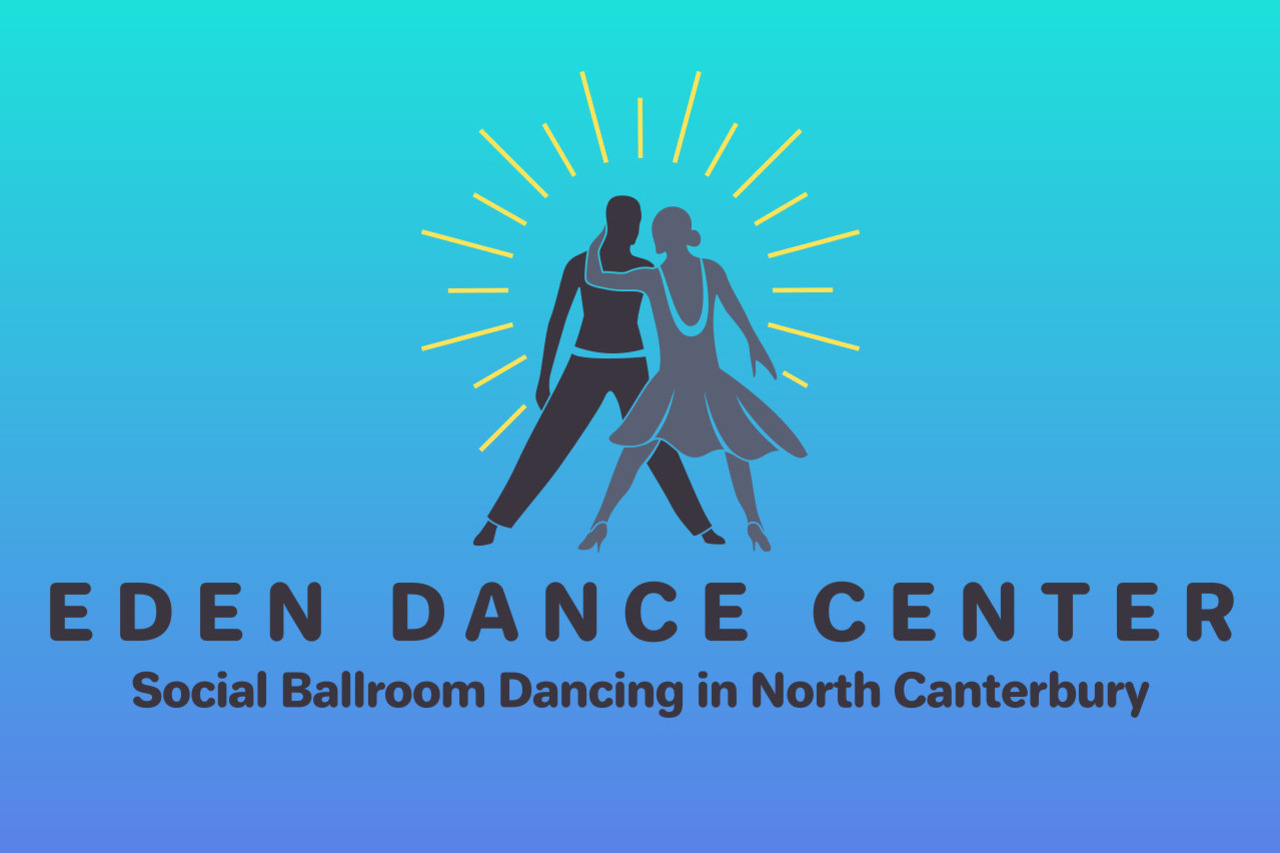The Slow Foxtrot.... smooth, flowing - a graceful glide!
The timing for the Slow Foxtrot is 4/4 and there are usually 120 beats per minute. The rhythm is slow-slow-quick-quick, and the music is medium tempo orchestral.
Foxtrot developed from the Victorian era faster dance, variously called the One Step or the Two Step. These dances had one step per beat or two steps per bar; hence the dual nomenclature.
The Foxtrot was embellished into a night Club performance dance by Vernon and Irene Castle, and popularised by Harry Fox in the stage show "Ziegfeld Follies" in New York in 1913. Fox's involvement has been taken as the origin of the name "Foxtrot", although the term had been used previously by the military for an equestrian gait, which could well have been used to describe the dance. The original Foxtrot had a tempo of about 160 beats per minute, and was described as being extremely jerky.
The Foxtrot rapidly became popular in New York and a year later in London. It was fashionably regarded as a rebellion against 19th Century dancing, as it used parallel feet rather than the turned out feet of the Victorian dances.
Around 1922, the trotting steps were discarded for a less energetic movement called the Saunter, and by 1927 the dance was called the Slow Foxtrot and was characterised by smooth gliding movements.
Since that time, the dance has been developed into two derived forms internationally: the Quickstep and the Slow Foxtrot. The Slow Foxtrot is performed to slower music, and retains the walks and pivots of its predecessor. It has continued to have a smooth flowing aesthetic, which makes it a great contrast on the ballroom floor to the Tango.
|
© Copyright Ballroom Dancing NZ
- Site map
|
